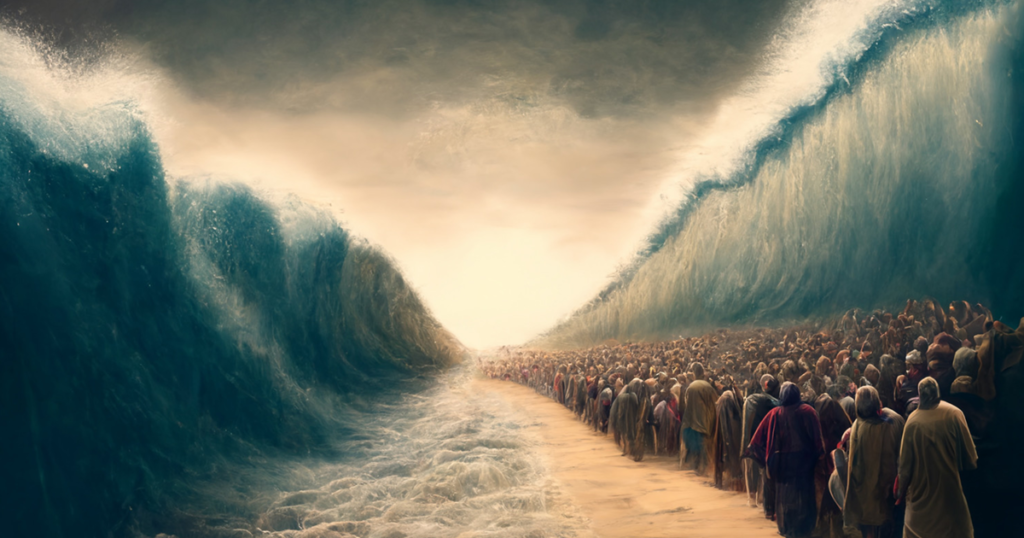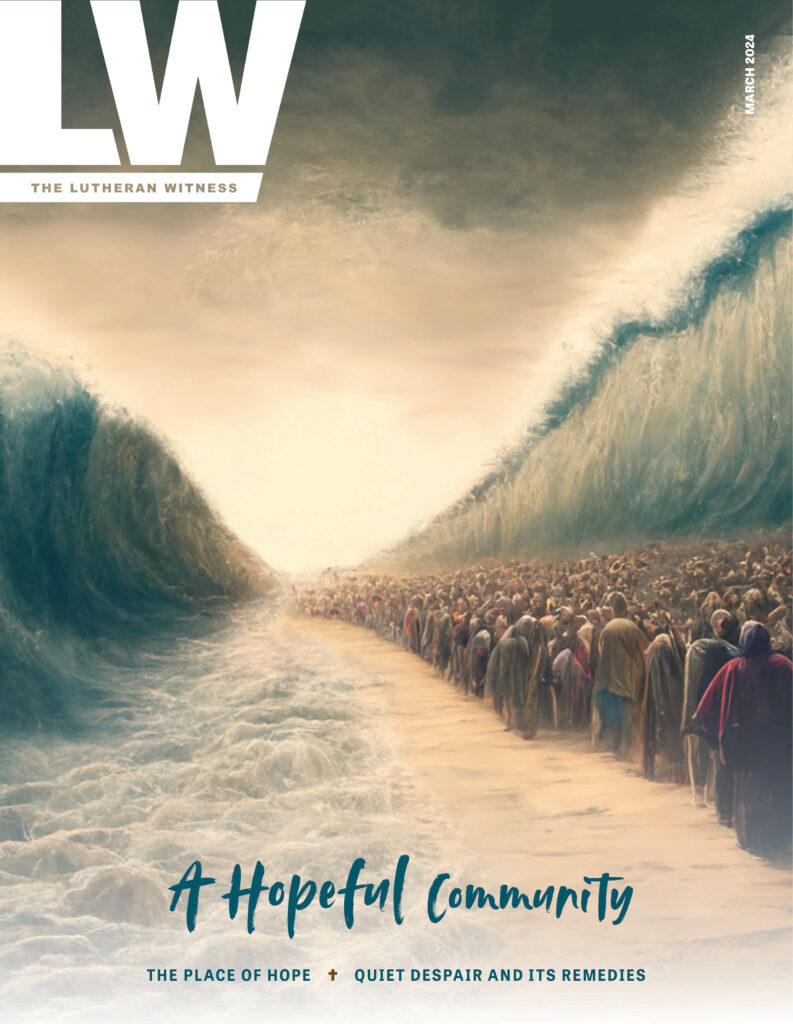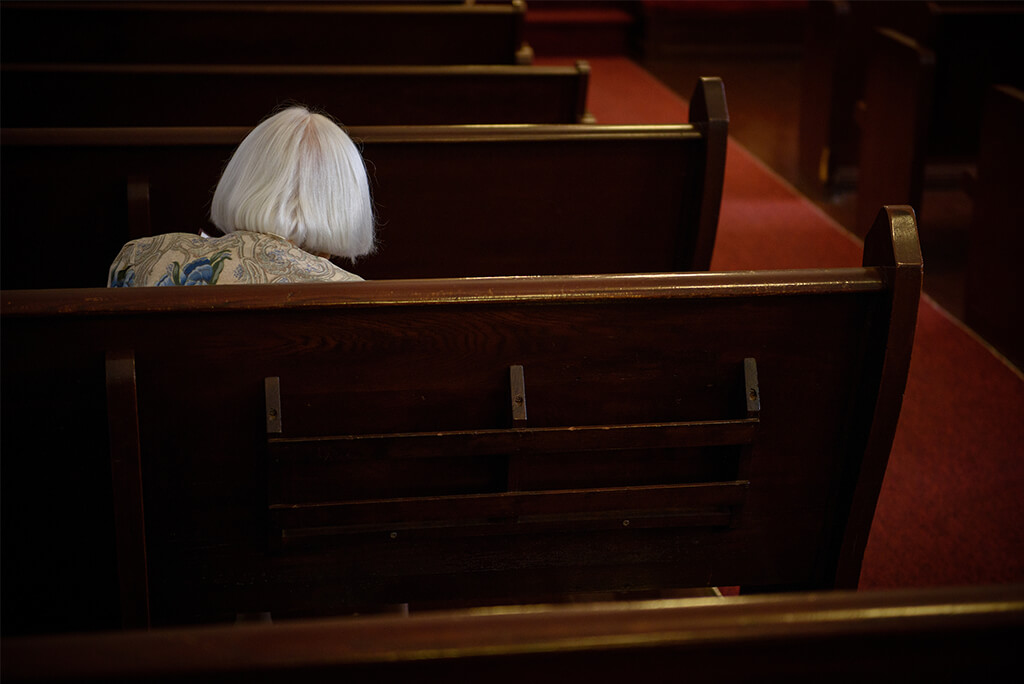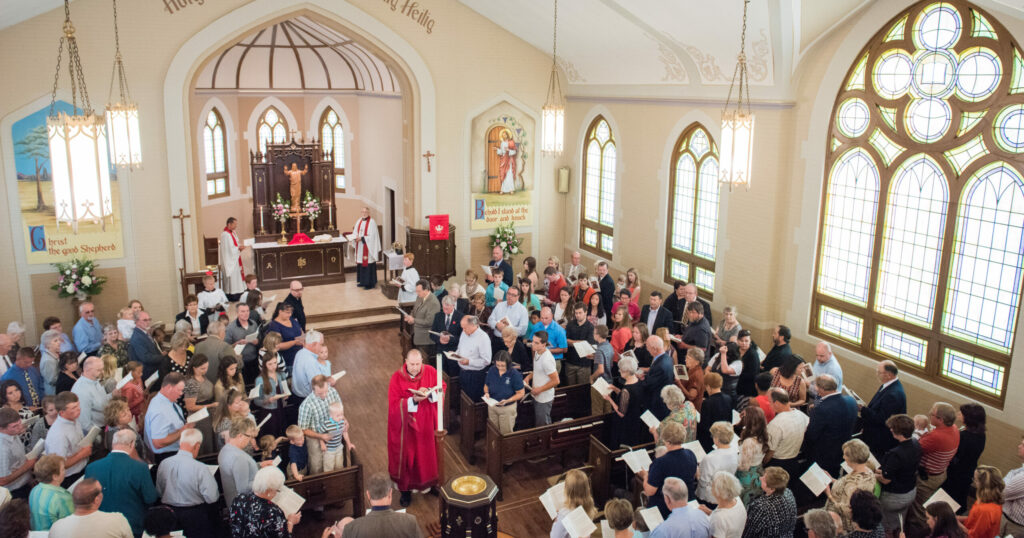The people of Israel had every reason to despair. Before them sat the Red Sea; behind them gathered the chariots and warriors of Egypt. Their escape from slavery was foiled, and the people, despairing, cried out to Moses: “It would have been better for us to serve the Egyptians than to die in the wilderness” (Ex. 14:12). But God rescued them through His prophet Moses and brought them through the Red Sea on dry ground. They passed from despair to hope and, in the end, rejoiced at God’s deliverance.
Describing this event, St. Paul says that Israel was “baptized into Moses in the cloud and in the sea” (1 Cor. 10:2). The crossing of the Red Sea foreshadows the resurrection, God’s deliverance from death and into life. Just as Moses brought Israel through the Red Sea and Joshua brought the people into the Promised Land, so the final end times prophet, Jesus, passed through death for us and brings us through Baptism into our new life with Him.
At times, we in the church seem to be standing at the edge of a quiet despair. We look at the age demographics in front of us, wondering who will be left in 5–10 years. Behind us we see the full-scale assault of the culture against our children and grandchildren. Will any have faith when the war is done?
But we do not despair. The church of God is a community buoyed by hope, confident and certain that God will both make a way through the disaster and conquer our foe.
We know this and have this confidence because of the Easter joy that invades our congregations and houses. This joy, this resurrection hope, sends all fear and sadness into flight. For the Passover Lamb has been sacrificed. And His sacrifice is a fulfillment and a promise. He fulfilled God’s promise to send the Lamb slain from the foundation of the world, and He promises a new life with Him.
This issue of LW is all about that hope. Adam Koontz shares some remedies for quiet despair, while Jon Bruss takes us through the Scriptures on the topic of hope. If your congregation struggles with conflict, you will appreciate Lucas Woodford’s article. We also find hope in the great communities being built by our church workers (James Baneck) and the global church (myself). Finally, we know that we have a great and glorious cloud of witnesses that have gone before us — a democracy of the dead, as Andrew Packer explains with a little help from G.K. Chesterton.
Our Lord has not left us without hope. “Not only that, but we rejoice in our sufferings, knowing that suffering produces endurance, and endurance produces character, and character produces hope, and hope does not put us to shame, because God’s love has been poured into our hearts through the Holy Spirit who has been given to us” (Rom. 5:3–5).
In Christian hope,
Roy S. Askins
Managing Editor, The Lutheran Witness






